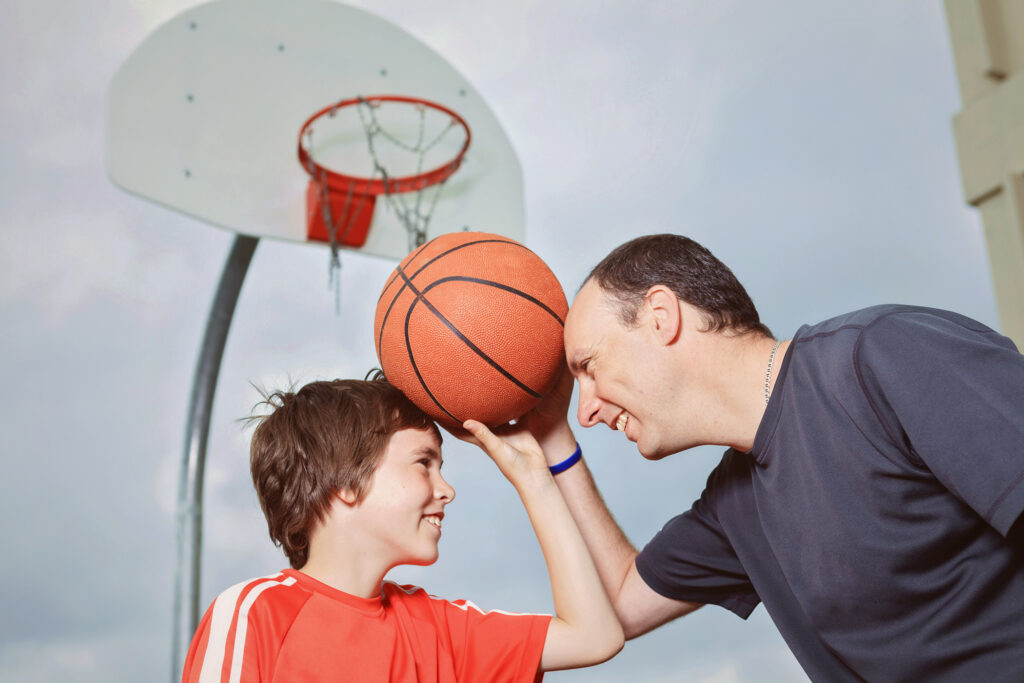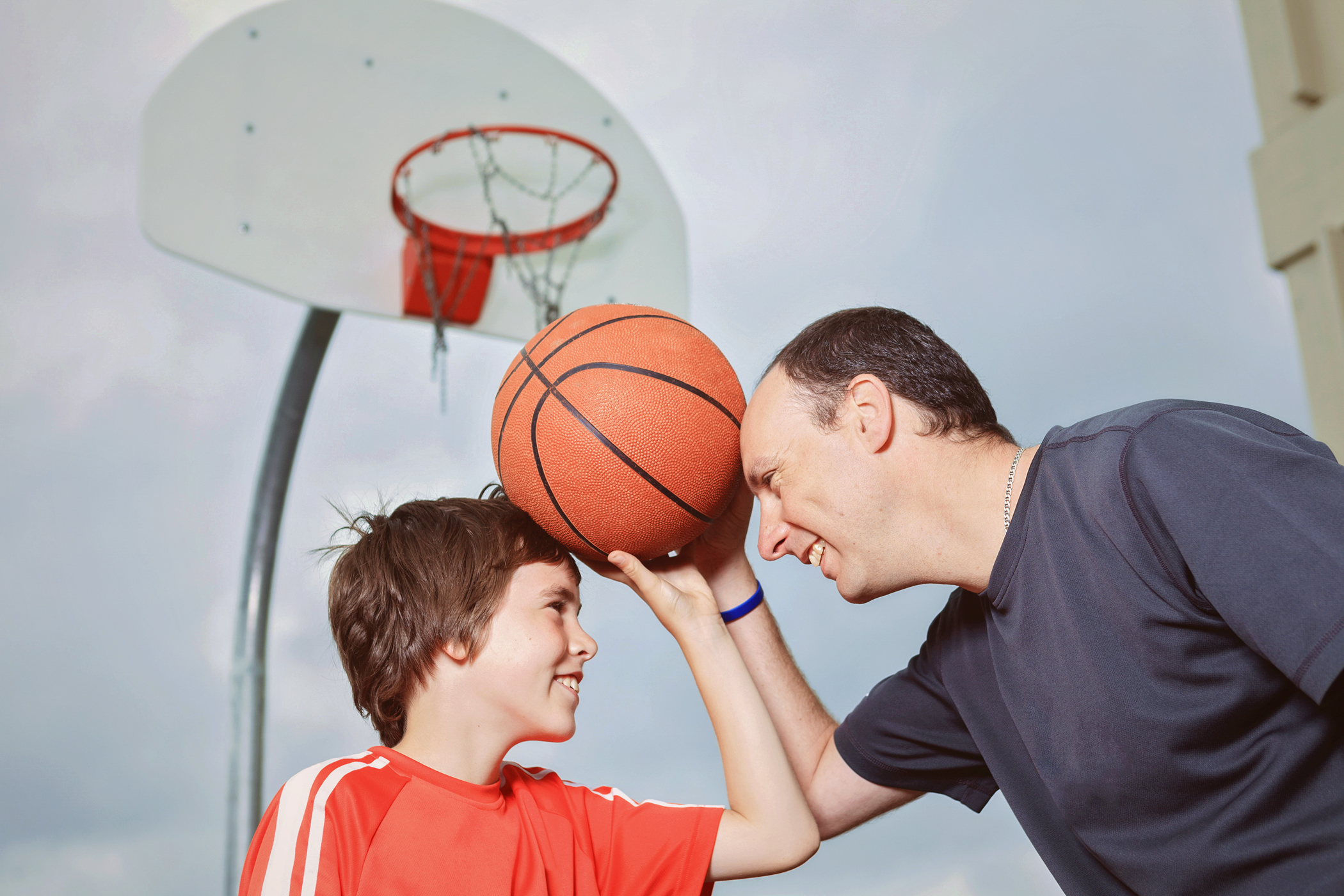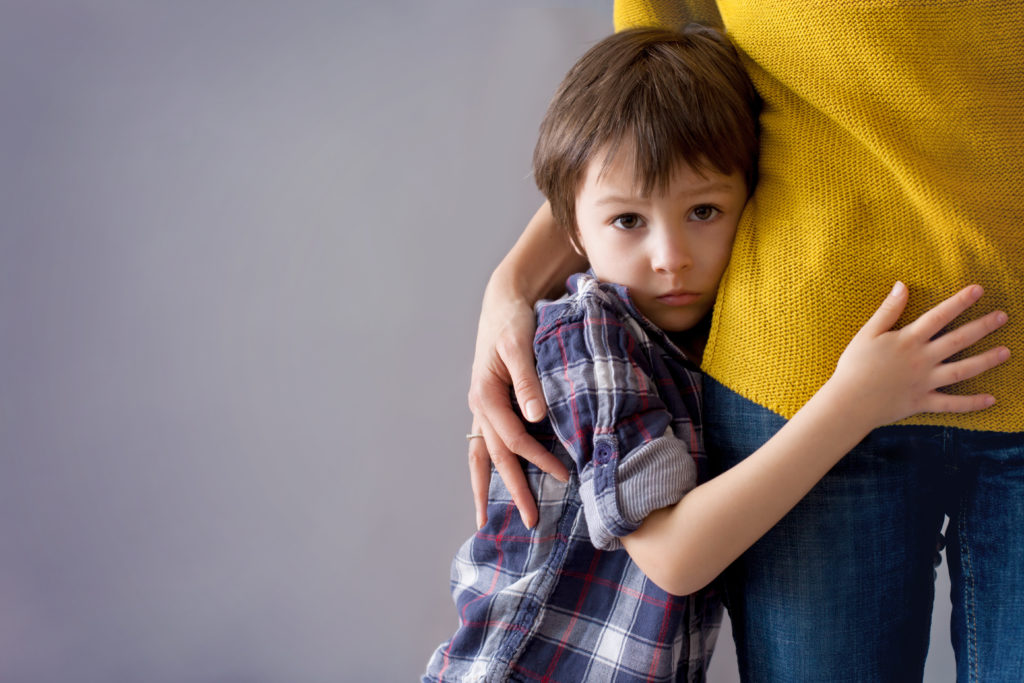Contributor Dr. Elise Herman
Parents of teens know that this is a tough time for their kids, and many experts point to smartphones and social media as contributing to the worsening mental health of young people. Recent research has shown that social media is not just related to depression, anxiety, and loneliness, but can cause these issues. It should be noted that no one should be on social media until age 13 (it is against the rules as well as potentially harmful), and the later a teen starts with it, the better.
When phones and social media became common around 2012, kids began spending less time with friends just ’hanging out’, which is felt to contribute to feelings of isolation. So what are kids doing instead of hanging out with their peers? They are, of course, on their phones. 95% of all American teens have smartphones and they are on their phones over 7 hours a day (excluding for academics or homework). It is well known that all that phone and social media time is interfering with sleep, and inadequate sleep is tied to anxiety and depression in teens.
The negative effects of social media include bullying, kids comparing themselves to other people’s “perfect lives”, and a sense of FOMO (Fear of Missing Out). There may also be exposure to violent or sexual content. Instagram and other social media can promote body image issues in teen girls who may already be struggling with self-esteem. Social media (including TikTok, Instagram, Snapchat, and YouTube) is engineered to be addictive, and 2/3 of teens age 13-17 years use it, 16% admitting to using social media “almost constantly”.
There are some clear positives of social media, however. Most teens say it can make them feel more connected to peers, and those with a disability or feeling marginalized may find support on a social media platform. It can provide an outlet for creativity, and most would agree on its potential for being entertaining.
Given that there are some positives, and most teens are very plugged in to their social media, what can parents do to help their kids regulate their usage? Although banning social media outright seems tempting, this is unlikely to be successful. Knowing that just decreasing the amount of social media can help kids with body image, depression, anxiety and self-esteem, it is better to make a mutually agreed upon plan with your teen to limit it.
This plan should have scheduled downtime daily without the phone and social media, including mealtimes and the hour before bed (and ideally no phones in the bedroom). Social media should be allowed only after homework is done; this can be implemented via parental controls if needed. Setting a daily time limit for social media apps is easily done on the phone; ideally your teen should do this and look at it as helpful reminder although parental controls are again an option. Encourage taking a longer break for activities like camping, traveling, and special times with friends or family. It is good to see how much more engaged we are when we don’t have our phones and social media to distract us.
Discuss with your child what on social media makes them feel better or worse; if something makes them feel worse, they should avoid it (good advice for us adults, too). Sympathize with your teen if you have a love/hate relationship with your social media and that limiting this may be difficult for you, too. Handling social media can be something you do together as a family. The American Academy of Pediatric has a new version of their free Family Media plan which can guide parents in media usage individualized for each family member (see Resources, below).
Parents should be familiar with social media platforms and know which ones their child is using. Encourage frequent conversations with your teen about relationships, social media, and emotional well-being so it will be easier for them to come to you if they have concerns. If social media is affecting your teen’s mental health, it is time to take a break and consider talking to your child’s healthcare provider and/ or a counselor.
Resources
more about The contributor

Dr. Elise Herman
Dr. Herman is passionate about community health outreach, school programs, and child/family health and wellness. She has more than 31 years of experience as a pediatrician in Ellensburg, Washington, the last 3 with KVH Pediatrics. In 2022 Dr. Herman mostly retired from practice and continues to contribute blog posts and remain a visible advocate for kids in the community.




